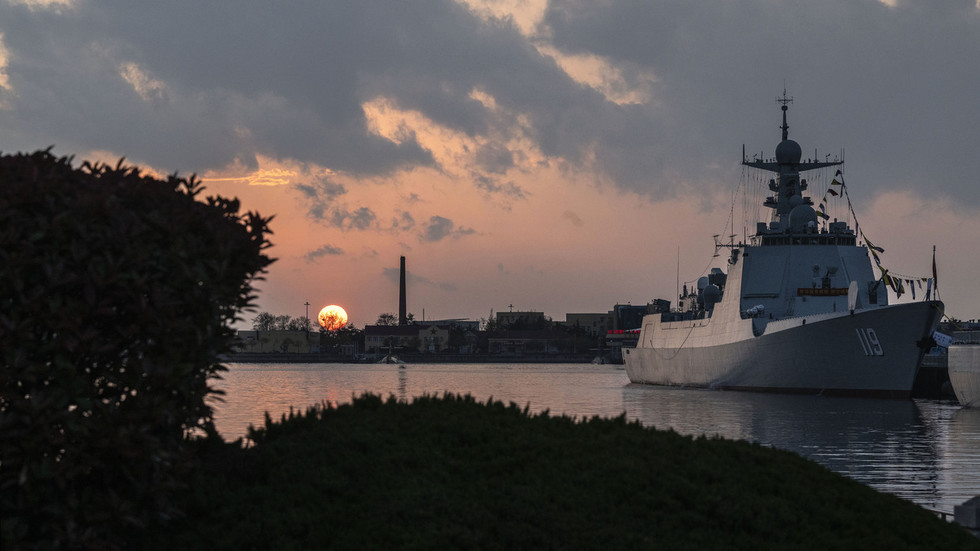The recent large-scale military exercises conducted by the People’s Liberation Army (PLA) around Taiwan, referred to as Joint Sword 2024B, have significantly heightened tensions in the region. Announced by the PLA on Monday, these exercises were described as involving various branches of China’s military, specifically army, navy, air force, and rocket forces, and aimed to showcase their readiness and the capability for joint operations. Following the exercises, the government in Taipei convened a national security meeting to address the situation and urged Beijing to respect the democratic choices of the Taiwanese people. Such exercises by China are seen as direct threats to Taiwan’s sovereignty and reflect ongoing tensions regarding Taiwan’s status.
The Taiwanese government reacted strongly to the PLA’s exercises, with officials from the Foreign Ministry calling for restraint from Beijing and emphasizing the need to maintain regional stability. As part of their response, the Taiwanese Defense Ministry indicated that they would deploy their forces in countermeasures to the PLA’s activities around the island. This level of military mobilization underscores Taiwan’s precarious security situation, given China’s firm stance on Taiwan’s status as part of its territory under the One-China principle. The situation is further complicated by historical and political factors, including Taiwan’s push for a distinct identity separate from China.
The PLA’s announcement included specifics about the nature of the exercises, which focused on critical military capabilities such as “sea-air combat readiness patrols,” blockades of key maritime and ground areas, and conducting joint operations to seize superiority in various combat scenarios. The Taiwanese Defense Ministry reported significant PLA activity in the vicinity of the island, including the deployment of aircraft and naval vessels, underscoring the urgency and seriousness of the situation. With Taiwan’s military responding to these provocations, there is a growing concern that such drills could escalate into more serious confrontations.
Beijing has continually reaffirmed its position regarding Taiwan, insisting on the notion that the island is a part of China and highlighting its intent to achieve unification through peaceful means, although it does not rule out the use of force if necessary. This dual approach complicates the geopolitical landscape and raises questions about Taiwan’s aspirations for greater independence, especially in light of increasing support from other nations. The Chinese government’s rhetoric emphasizes its resolve against any moves towards Taiwanese independence, further straining cross-strait relations.
In the broader context, the PLA’s exercises represent not only a military show of force but also a strategic signal to both domestic and international audiences. By demonstrating military preparedness, China seeks to reinforce its claim over Taiwan and deter any thoughts of independence. Additionally, these acts are framed within the narrative of safeguarding state sovereignty and territory, which resonates with nationalist sentiments within China. The international community watches closely, as increased military tensions in the Taiwan Strait could potentially lead to a conflict involving multiple nations.
Given the complexities of the cross-strait relations and the rising military activities from both sides, the situation remains precarious. Tensions between Taiwan and China underscore the delicate balance of power in the region, while also prompting discussions about the role of external actors. The Taiwanese leadership faces the challenge of securing their democracy while navigating aggressive posturing from Beijing. As China continues to assert its claims and Taiwan remains defiant in the face of intimidation, the potential for conflict or a diplomatic resolution remains uncertain, making it a critical focus for regional stability and international relations moving forward.

